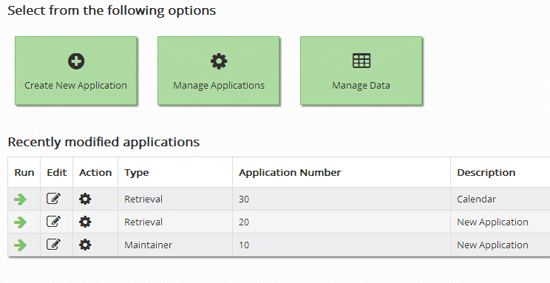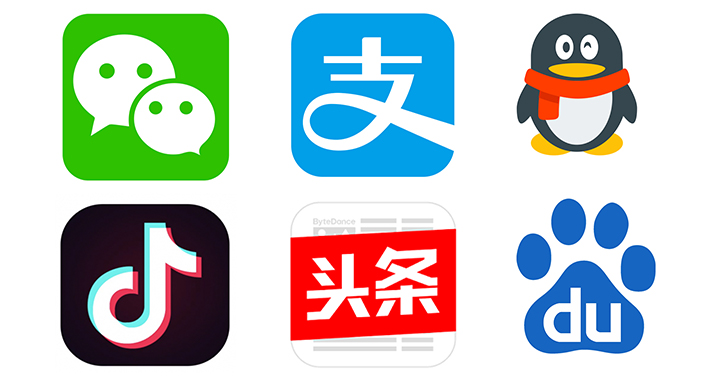Web applications are the second face of your business with first one being your website. In most cases web apps become the most important aspect of your business, especially if you have a service to offer.
The Compared Native App and Web App DevelopmentYou find yourself standing in from of a roadsign with "Web ap" and "Native app" on it, here are the upsides and downsides of either way.demand for web application development services is increasing for a large number of companies. When application programs are on remote servers and are transferred to the user’s system through Internet, such programs are known as web application development programs. Now let's see some unexpected trends of web app development in next few years.
Multi-screen design
We’ve entered the multi-screened era. You no longer know how a user will access your web application. Will they use a PC? Will they use a smartphone? Will they use a tablet? You don’t know, and you can’t control it.
What can you do? Any web application you create must now adapt to any screen or device. No, I’m not talking about creating separate native applications for mobile devices. I’m talking about creating apps that adapt to the new, multi-screened world.
So, how do you go about creating an application for different screen sizes? After all, you can’t possibly fit everything on a PC-based web app into an app for smartphones. There isn’t enough room on the screen.
What’s the answer? This need for apps that adapt to a variety of screen sizes is driving a concept known as “mobile-first” design. As explained below, it means that you develop for the smallest screen size first, and work up from there.
The agile approach
There was also a lot of discussion at the show around achieving an agile approach and whether high-productivity tools and platforms can help complement or accelerate an agile methodology. In the past, the challenge with agile has been connecting enterprise apps to multiple systems and a large and complex infrastructure.
For complex systems to integrate and work seamlessly together careful planning is needed and IT teams from various parts of the business all need to co-operate. More recently however, this has changed with new tools and platforms that allow developers to build enterprise software faster, tackling it in smaller chunks.
Prominent calls to action
We’re seeing larger, more prominent buttons in web apps, and that will only continue. Why? It’s driven by a couple of factors.
Larger buttons help users understand what action to take, and make the application more usable on mobile devices
Buttons must now work across different devices and interface types. Sure, a small button works great on the more precise, mouse-based interface. But, have you ever tried selecting a small button on smartphone screen? It’s difficult…and frustrating.
Web apps that work anywhere
Mobile Commerce changes everything. It not only changes how users access your applications, it changes where they access your applications.
What does that mean? Well, what happens if a smartphone user loses their data connection? Will your application still function offline? As mobile usage grows, so does the chances that a user will venture into a dead zone.
This changes the way we approach web application development. Modern web applications must account for any scenario. They must adapt to any device, and function in any location.
Cloud stack
Personal computing no longer involves big boxes with big screens or sitting stationary while operating one. In the modern world, it’s the internet connected devices that matter, no matter how powerful they are or how big a screen they have. With internet being the common denominator instead of the point of access, the data and service models are shifting towards the cloud.
The cloud is getting in charge. With power of the user’s devices becoming less relevant, computing is shifted to the server (cloud), brokering the information presented in hand or on a desktop. HTML5 is a fantastic solution for such infrastructure.
Improvements are happening on a daily basis. It’s essential to prepare in order to avoid being suddenly hit by a changed reality. What are you doing to prepare for the future? I would love to hear your thoughts so please share your comments by sending us an email!












